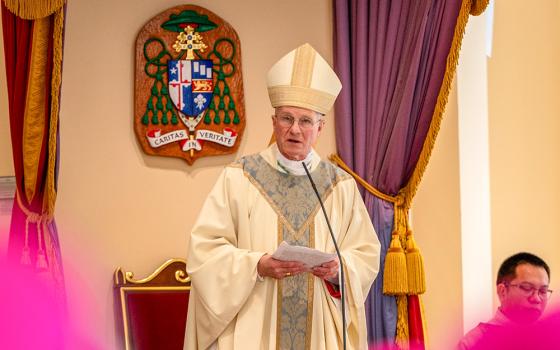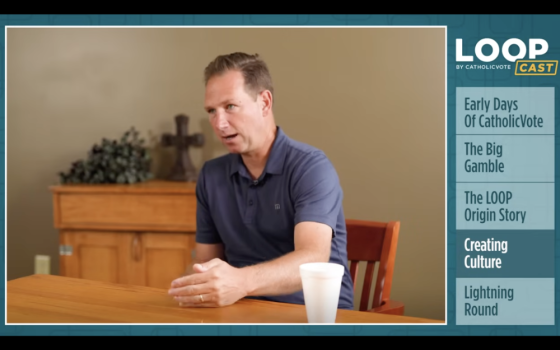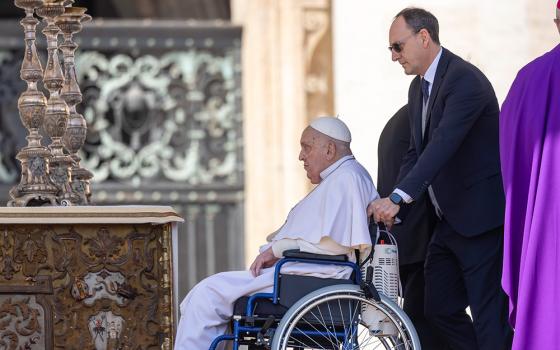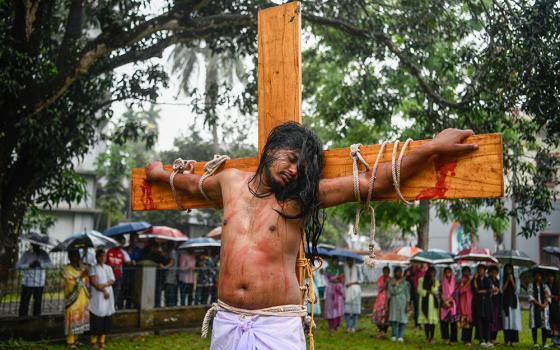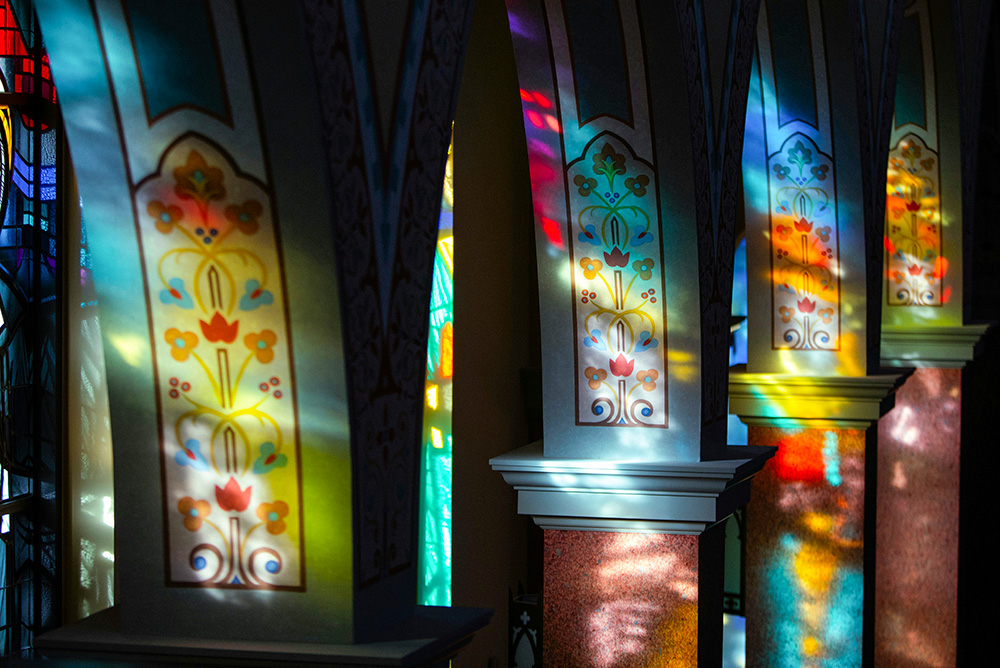
(Unsplash/Jacob Bentzinger)
The expectation that modernity would lead to the decline of religion has proven to be a myth. For decades, sociologists like Peter Berger predicted that the advance of science and modernization would cause religious practices to fade from public life. However, while traditional religious institutions may have lost influence, the reality is different: Spirituality remains vibrant, emerging in new and often unexpected forms of expression.
This persistence shows that the human quest for transcendence and meaning has not disappeared but has instead adapted to the evolving cultural landscape.
This shift has given rise to the concept of postsecularism, popularized by thinkers like Jürgen Habermas, which describes a renewed coexistence between the secular and the spiritual in contemporary society.
As spirituality continues to adapt and flourish outside traditional settings, the Catholic Church faces a crucial moment. By embracing creativity, dialogue and diversity, the church has the opportunity to build bridges that connect tradition with new forms of spiritual expression.
Resurgence of the transcendent
Habermas argues that modernity has not eliminated the human need for the transcendent. In his work Between Naturalism and Religion, he emphasizes that religion remains a vital source of values and meaning, even if traditional structures have lost strength.
For Habermas, dialogue between the secular and the religious is more important than ever, as both offer crucial perspectives for contemporary life. This convergence of ideas opens the door to new forms of spirituality.
Charles Taylor, in A Secular Age, supports this vision by speaking of "secular spirituality," a way of living the sacred outside of traditional religious institutions. Taylor explains that people have not stopped seeking transcendence; they are simply doing it in more personal ways, adapted to their own everyday experiences.
Advertisement
Complementing this view, José Casanova notes that religion has reemerged in the public sphere, though no longer as a dominant authority. In his book Public Religions in the Modern World, he argues that religion has become an active player in debates on morality, social justice and human rights, showing that spirituality remains relevant to contemporary issues.
Spirituality beyond temples
One of the most evident characteristics of postsecularism is how people find spirituality outside of churches. Whether yoga, meditation, mindfulness or therapy, the search for meaning has transcended formal religious institutions. This has led to the rise of those who describe themselves as "spiritual but not religious," seeing spirituality as a personal and independent experience.
This trend reflects a significant change: People continue to seek the sacred, but now they find it in activities that promote well-being, connection with nature and self-exploration.
Rather than viewing this trend as a threat, churches can see it as an opportunity to better understand and engage with the spiritual needs of modern society.
Art as a bridge
In this postsecular context, art emerges as one of the most powerful expressions of spirituality. Films, music and literature explore transcendental issues, creating new ways to connect with mystery and human experience.
Reflecting this vision, Pope Francis, in a speech during his 2015 visit to Florence, Italy, emphasized that art not only reflects beauty but also acts as a bridge that unites society, creating spaces for transcending economic and cultural divisions.

A view of the Hospital of the Innocents in Florence, Italy, in 2021 (Wikimedia Commons/MenkinAlRire)
In this context, the pope affirmed: "We are here in Florence, the city of beauty. How much beauty in this city has been placed at the service of charity! I think of the Spedale degli Innocenti [Hospital of the Innocents], for example. One of the first Renaissance architectural works was created to serve abandoned children and desperate mothers."
His remarks in Florence echo a broader understanding of beauty as a bridge to the divine, where art becomes not only a cultural expression but a means of spiritual encounter and contemplation.
The pope encouraged the church to actively participate in the contemporary cultural dialogue. Beauty, he explained, can open hearts and minds to the experience of God in ways that words do not always achieve. Art is not just an aesthetic matter but a way to reach those seeking the transcendent, even outside traditional structures.
Catholic Church's transformative role
Throughout its history, the Catholic Church has been a great promoter of the arts, from Gothic cathedrals to sacred music. Today, it has the opportunity to be a bridge between traditional forms of faith and new expressions of spirituality.
The challenge for the church is to not remain anchored in rigid structures but actively participate in this new cultural conversation, intentionally integrating art into catechesis, evangelization and spirituality.
What is needed today is not a return to old forms of religiosity, but an openness to the diversity of spiritual experiences that coexist in our time.
In the postsecular era, where the sacred seeks new ways of manifesting, art has the unique ability to touch the heart and awaken spiritual sensitivity. It is essential that artistic expressions emerge from the local contexts where evangelization takes place, reflecting the community's experiences and traditions.
Incorporating local art not only enriches evangelization but also reaffirms that the sacred is woven into everyday life. Each culture offers its own unique language to express the divine, making the spiritual experience more authentic and connected to the community's lived reality.
This openness does not mean losing essence but rather renewing the spiritual connection, allowing the church to accompany the search for transcendence in a world that explores new forms of spirituality by combining tradition and innovation.
Path to the sacred in the modern world
In the postsecular era, spirituality has not disappeared. It has simply taken on new forms, adapting to the evolving realities of a constantly changing world. What is needed today is not a return to old forms of religiosity, but an openness to the diversity of spiritual experiences that coexist in our time.
For the Catholic Church, this is a crucial moment. It can influence the spiritual transformation of society not through imposition, but by inspiring and building bridges. In a space of plurality and openness, the church has the opportunity to offer responses that meet contemporary needs, accompanying the search for transcendence and helping people rediscover the divine in their daily lives.
Although the forms may change, the search for the sacred never disappears; it simply finds new ways to manifest.

